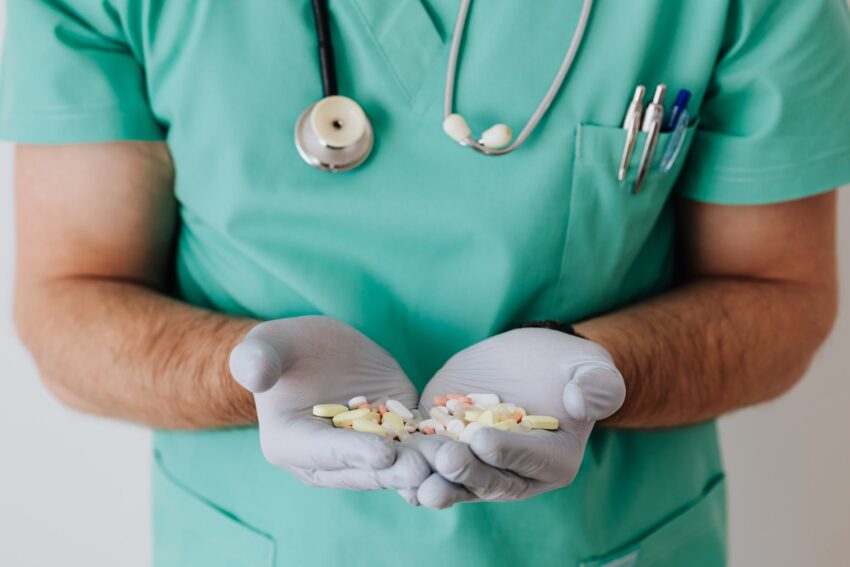The recent interest in the potential of psychedelics for therapeutic uses, creativity enhancement, and cognitive development has given rise to a particular practice known as microdosing. Microdosing, as the name suggests, involves consuming sub-perceptual doses of psychedelic substances like LSD (Lysergic acid diethylamide) or psilocybin mushrooms. The goal is not to experience a full-blown ‘trip’, but to enjoy subtle, yet profound benefits in terms of creativity, productivity, and mood improvement.
Microdosing is still largely uncharted territory, as most behavioural and clinical research to date focuses on full-dose psychedelic therapy. Therefore, this guide is speculative, based largely on user reports and a small body of scientific research. It’s important to recognize and respect the potential risks associated with self-experimentation.
Picking A Substance and Understanding Dose Protocols
The most popular substances for microdosing are LSD and psilocybin mushrooms. Users typically report similar beneficial effects with both substances, but the overall experiences may have nuanced differences. LSD is often described as more stimulating, ideal for enhancing productivity and analytical tasks. On the other hand, mushrooms often have a more grounded, earthy feel, which could be better suited for emotional work and introspection.
In terms of dose, most microdosers abide by a rule of thumb of taking about 1/10th to 1/20th of a recreational dose. For LSD, that’s usually around 10-20 micrograms. For psilocybin mushrooms, it’s typically around 0.2-0.5 grams. This is intended to result in a level of effects that isn’t consciously perceptible, hence the term ‘sub-perceptual doses’.
Planning Your Microdosing Regimen
A popular microdosing regimen, often referred to as the ‘Fadiman protocol’, suggests one day on (microdose day), two days off, and then repeat. This allows your body and mind discrete periods of experiencing the microdose and ample time for rest and integration. Keeping a journal during your microdosing journey can aid in tracking the effects and fine-tuning your personal protocol.
Potential Benefits
Microdosers report an array of potential benefits, from enhanced creativity and increased productivity, to mood improvement, better focus, and even relief from symptoms of certain mental health conditions. Advocates typically describe the effect as a background shift, like having a good day where things just flow. Yet, these beneficial effects are largely anecdotal, and more rigorous, controlled scientific research is needed.
From the few controlled studies available, researchers have found potential for psychedelics like psilocybin to assist in treating conditions such as depression. They’ve also found some evidence to suggest that LSD can enhance creativity and problem-solving abilities on cognitive tests.
Potential Risks and the Long-term Effects
While many tout the advantages, it’s crucial to underline the potential risks and still largely unknown long-term effects of the regular use of small doses of psychedelics.
Both LSD and psilocybin are generally considered physically safe. However, a potential risk of microdosing could arise for those with a predisposition to psychosis or mania.
Unknown long-term effects largely surround the potential for psychological changes that may come from regular use of such substances. There is also the risk of dependency, known as ‘psychological dependence’, a compulsive desire to keep using a substance regularly.
Final Thoughts
Microdosing is a practice of self-optimization, exploration, and self-experimentation at its core. It requires responsibility, honesty, and an open mind to potential benefits and risks. It is paramount that the practice is carried out responsibly, and remember – the keyword in microdosing is ‘micro’. Proceed with openness, curiosity, and always prioritize safety.
Though further rigorous, clinical studies are needed to confirm the anecdotal evidence, microdosing presents a compelling new frontier in our understanding of well-being and human potential.
It’s important to remember, though, that while this guide provides a baseline understanding, all individuals will respond uniquely to microdosing, and personal research is always essential. Always consult with a healthcare professional before beginning any type of self-experimentation with substances that can significantly influence your cognitive and emotional states.
